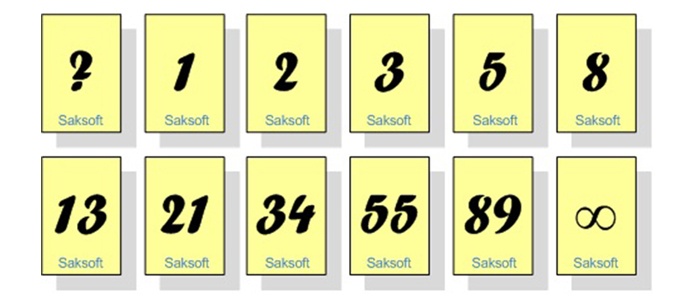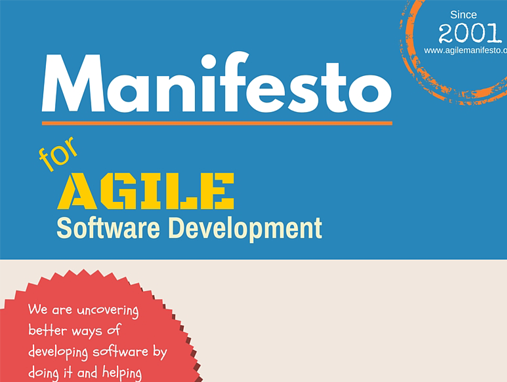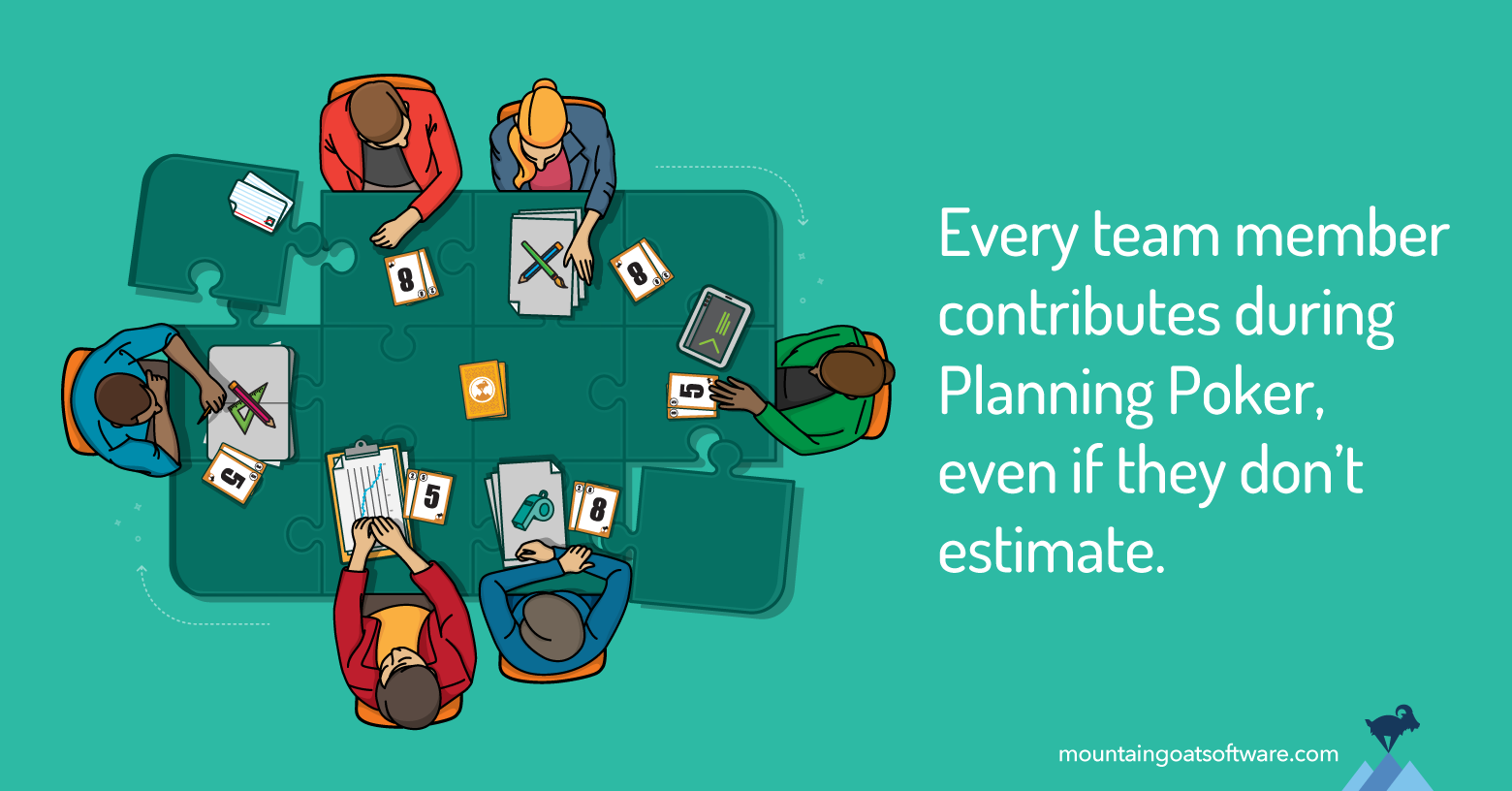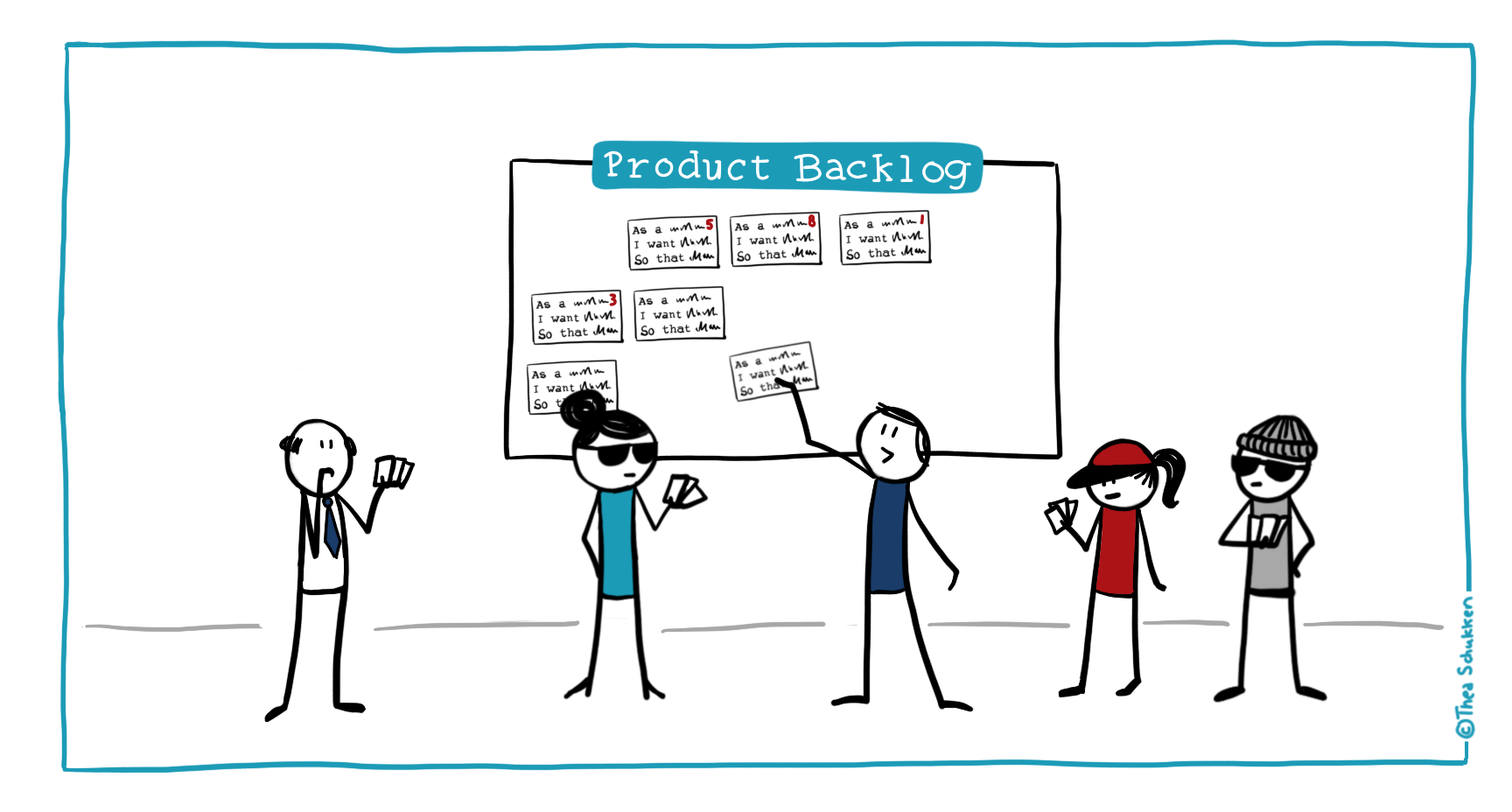Planning Poker In Agile Methodology
- Planning Poker In Agile Methodology Framework
- Poker Estimation In Agile
- Planning Poker In Agile Methodology Examples
The Planning Poker is a popular method of effort estimation which ensures that the entire team is involved in the estimation exercise. The Planning Poker is a consensus based technique and is used to size the stories (in terms of story point) or effort estimate (in terms of days). It is a non-liner scale of estimation technique. The Planning Poker is a popular method of effort estimation which ensures that the entire team is involved in the estimation exercise. To know more about software testing and certification in less time please refer to udemy for courses like “ISTQB Agile Tester Foundation Extension Training & 1000+Q&A”. Planning Poker is an agile estimating technique which has become very popular in the last few years. It is based on an estimation technique known as Wideband Delphi which was created by the RAND. To conclude, an excellent and popular agile estimation planning poker tool online. Get started with FREE or Free trail option to see how the tool works for you and proceed if it helps your team with sprint planning. Firepoker.io: The next online planning poker tool in our top list is Fire poker. Planning Poker is an agile estimating and planning technique that is consensus based. To start a poker planning session, the product owner or customer reads an agile user story or describes a feature to the estimators. Each estimator is holding a deck of Planning Poker cards with values like 0, 1, 2, 3, 5, 8, 13, 20, 40 and 100, which is the sequence we recommend.
Agile development teams complete work in sprints, typically 2-3 week periods during which a team works exclusively on an itemized to-do list known as a sprint backlog.
During sprint planning, teams work together to estimate the level of effort required for development of each upcoming backlog item (also called user stories) through a process called effort pointing. Our tool, Planning Poker®, is a fun, refreshing way to run through a list of user stories and assign effort points to them as a team.
Over time, the team establishes a sprint velocity, or total number of effort points they can feasibly complete in one sprint, which helps determine how many stories a team can pull in during sprint planning.
Be sure to check out Mountain Goat’s upcoming Training and Events, Books and Articles on Scrum, agile estimating & planning and working with user stories.
Additional Resources for Info on Planning Poker®
Planning Poker In Agile Methodology Framework
- Estimation Techniques Tutorial

- Estimation Techniques Resources

- Selected Reading

Planning Poker Estimation
Planning Poker is a consensus-based technique for estimating, mostly used to estimate effort or relative size of user stories in Scrum.
Planning Poker combines three estimation techniques − Wideband Delphi Technique, Analogous Estimation, and Estimation using WBS.
Planning Poker was first defined and named by James Grenning in 2002 and later popularized by Mike Cohn in his book 'Agile Estimating and Planning”, whose company trade marked the term.

Planning Poker Estimation Technique
Poker Estimation In Agile
In Planning Poker Estimation Technique, estimates for the user stories are derived by playing planning poker. The entire Scrum team is involved and it results in quick but reliable estimates.
Planning Poker is played with a deck of cards. As Fibonacci sequence is used, the cards have numbers - 1, 2, 3, 5, 8, 13, 21, 34, etc. These numbers represent the “Story Points”. Each estimator has a deck of cards. The numbers on the cards should be large enough to be visible to all the team members, when one of the team members holds up a card.
One of the team members is selected as the Moderator. The moderator reads the description of the user story for which estimation is being made. If the estimators have any questions, product owner answers them.
Each estimator privately selects a card representing his or her estimate. Cards are not shown until all the estimators have made a selection. At that time, all cards are simultaneously turned over and held up so that all team members can see each estimate.
In the first round, it is very likely that the estimations vary. The high and low estimators explain the reason for their estimates. Care should be taken that all the discussions are meant for understanding only and nothing is to be taken personally. The moderator has to ensure the same.
The team can discuss the story and their estimates for a few more minutes.
The moderator can take notes on the discussion that will be helpful when the specific story is developed. After the discussion, each estimator re-estimates by again selecting a card. Cards are once again kept private until everyone has estimated, at which point they are turned over at the same time.
Repeat the process till the estimates converge to a single estimate that can be used for the story. The number of rounds of estimation may vary from one user story to another.
Benefits of Planning Poker Estimation
Planning poker combines three methods of estimation −
Expert Opinion − In expert opinion-based estimation approach, an expert is asked how long something will take or how big it will be. The expert provides an estimate relying on his or her experience or intuition or gut feel. Expert Opinion Estimation usually doesn’t take much time and is more accurate compared to some of the analytical methods.
Analogy − Analogy estimation uses comparison of user stories. The user story under estimation is compared with similar user stories implemented earlier, giving accurate results as the estimation is based on proven data.
Planning Poker In Agile Methodology Examples
Disaggregation − Disaggregation estimation is done by splitting a user story into smaller, easier-to-estimate user stories. The user stories to be included in a sprint are normally in the range of two to five days to develop. Hence, the user stories that possibly take longer duration need to be split into smaller use-Cases. This approach also ensures that there would be many stories that are comparable.